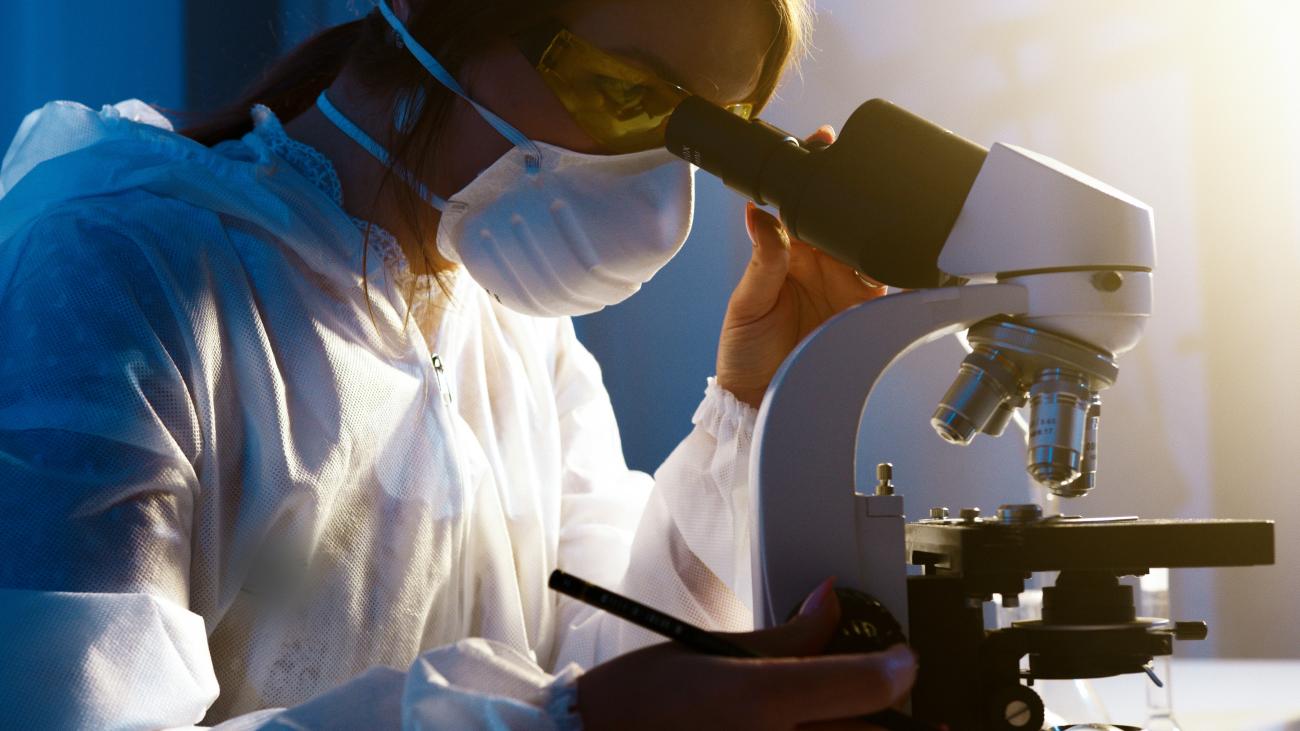Database providing access to the High Technology Network's industrial research offering: research competences, type of analyses and tests available at the Laboratories. Companies can consult the Catalogue to find Laboratories and researchers that match their needs.
Competence
Acoustics and vibration measurements
Analysis and research on post sterilization technologies for containers
Analysis of the physical, rheological, chemical, microbial, and sensorial properties during storage
Analytical tests for shelf-life characterization
Characterization of microbial components, vegetal and animal species
Characterization of products of microbial origin: biomass, metabolites, natural antibiotics. Conversion and transformation processes of food an by-products
Characterization of the composition of food products
Combined stabilization strategies to enhance shelf-life and food safety
Conceptual development of machines and plants with QFD (Quality Function Deployment)
Consumer science
Definition of product specifications and analytical methods of verification
Design and virtual optimization with Computer Aided Engineering (CAE) tools and simulation of discrete events
Design of experiment (DoE) and Food Design to study interaction between formulation and process conditions
Effects of packaging on the evolution of food microbial population
Efficiency and yield verification
Energy saving and lowering of environment impact of machines and plants for food production
Evaluation of typicality by flavour analysis, markers of authenticity and chemometrics
Experimental studies of formulations and processes: use of bioactive components from out-streams or by-products
Experimental trials for new materials, making technology and plant design in order to cut investment, management, maintenance of machines and plants for the food industry
Fluidodinamic simulation of components and circuit
Heat exchange coefficient evaluation
Improvement of process efficiency for saving direct and indirect costs
Innovative strategies for microbial control: the use of natural antimicrobials and thermal treatments
Input-output correlations to assess operational parameters
Interaction between food microorganisms and gut microbiota
Lab trails and scale-up to pilot plants of experimental production diagrams; check of the physical, chemical and sensorial characteristics
Marker identification for the instrumental detection of desired or undesired microflora: set up of markers or indicators
Mechanical testing on construction materials
Methods to increase functional molecules and decrease undesired contaminants in local food
Microbial analysis, challenge tests, instrumental analyses
Microbial kinetics during food storage
Microbial response to environmental stress: optimization of microbial performance
Microbial strain selection for food production: enzymatic, physiological, and genetic characterization
Microbial strain selection: technological characterization
Microbiological activity in food: risk analysis
Modification of technological processese to improve quality of local products
Modulation of microbial growth and shelf-life evaluation as a function of formulation and storage condition
Molecular analyses for the identification of pathogens and spoilage microorganisms and the evaluation of their impact on final product,
Molecular traceability and chemometrics to define food quality and tipicality
Monitoring and predictive meintenance based on acoustic and vibration sensors, thermography, olography, ultrasound
